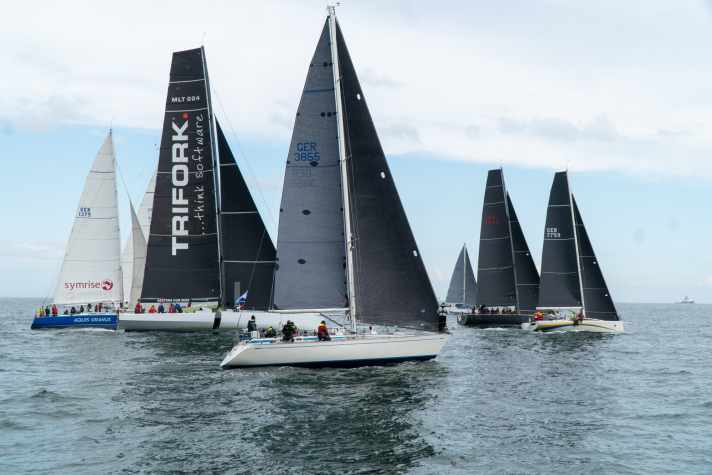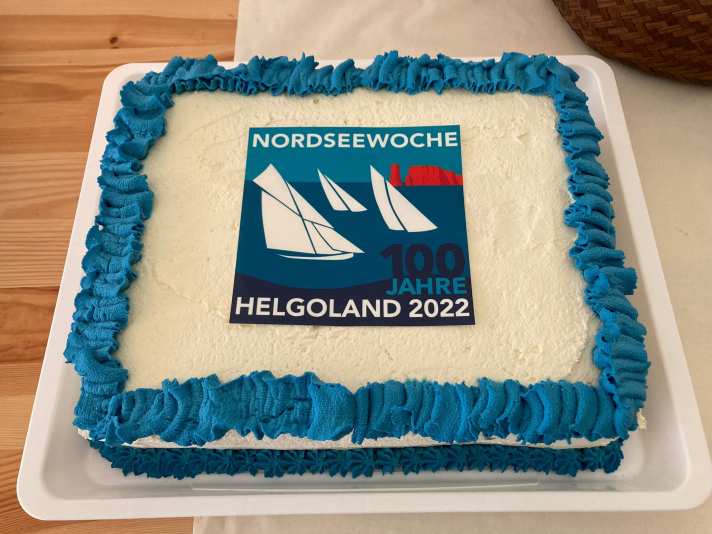100 years of the North Sea Week: Pantaenius Round Skagen starts: Two Hallig heroes master stormy "Helgoland Eight"
Tatjana Pokorny
· 06.06.2022
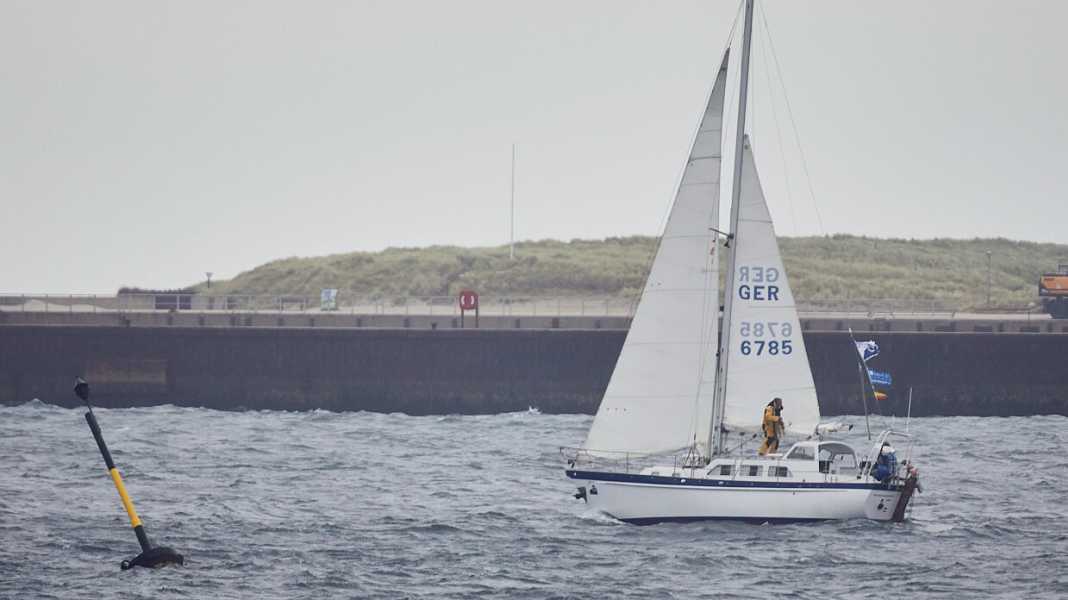
The forecast for the "Helgoland Eight" was already tough, but the reality was a little rougher. At the last North Sea Week race near the island, there were already 25 knots of wind at the start. During the course of the race, the wind peaked at up to 35 knots. The regatta fleet - if not already busy preparing for the long-distance Pantaenius Rund Skagen - preferred to weather these demanding conditions in the harbour and on land. The whole fleet? No, a single boat set off on the "Helgoland Eight" with an unwavering crew! And it wasn't one of the brash racers from the ORCi divisions, but an aged ten-tonne steel boat that performed so enthusiastically in the Family Cruiser competition of the North Sea Week: skipper Gerd-Walter Siefert and his co-sailor Ingwer Meyer took the plunge on their Wadden cruiser "Moorsteert". The crew from Nordstrander Wassersportverein did not let the pressure in the air, the impressive swell or even the lack of competition stop them from getting their "good ship" across the course.

"They are our heroes today," said overall race director Albert Schweizer, smiling and impressed by the steeled Nordfriesland crew, "as a race management team, we could do no more than compete and offer in these conditions. One of 37 crews registered for this race accepted our offer, came, saw and won." The two sailors were the talk of the day on Heligoland. They themselves felt that their courageous ride was more of a "nice tour". Skipper Gerd-Walter Siefert from Nordstrander Wassersportverein said: "It was stormy, but we managed it well. We said before the start that we would see it through. I had faith in the boat." Gerd-Walter Siefert gained the experience needed to remain calm in a storm during four transatlantic voyages. Born and at home on the youngest North Frisian Hallig, Nordstrandischmoor, Siefert is very familiar with the natural elements. "You live with the weather," he explains simply. Together with his crew mate Ingwer Meyer, Siefert completed the loop around the island in 3 hours and 28 minutes. "That's a great time with the boat," said Albert Schweizer, paying tribute to the two-handed crew.
The course of the "Helgoländer Acht" took the "Moorsteert" men northwards and turned south again from the Nathurn-N cardinal buoy. "We only realised shortly before the start that we were the only starters. Of course, we would have liked to have sailed with more boats, as there was a lack of competition, but we still had a lot of fun!" said Siefert after the race in the harbour. Only on the cross did it get a little rough with waves estimated to be up to three metres high near the islands, "but the ship coped with it without any problems!" The theoretical 13 nautical mile course turned into 20 nautical miles sailed by the ship designed by Horst Glacer. "There was a section with a wave against us, so we had to complete three big cross-overs, otherwise you'd get stuck," reported Siefert. With their efforts, Gerd-Walter Siefert and Ingwer Meyer were not only the winners of the race, but also the winners of the sailors' hearts that day. It goes without saying that this duo set sail for home on Whit Monday afternoon.
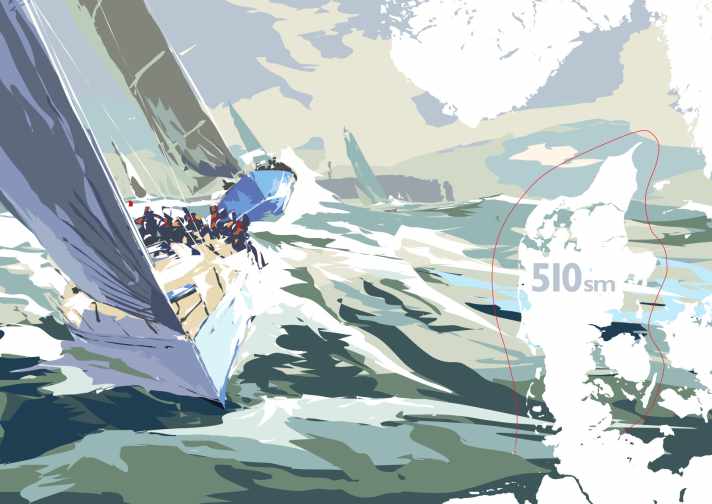
By then, the conditions had calmed down again so that the long-awaited first of three starting shots for the long-distance classic Pantaenius Rund Skagen could be fired punctually at 4.30 pm in the afternoon. Well equipped with weather information from weather maestro Meeno Schrader, 42 crews crossed the starting line in front of the jetty in Heligoland's southern harbour. They had previously passed all the safety checks. The finish line of the race is Kiel-Schilksee at the end of the approximately 510 nautical mile test. The offshore challenge marks the end of the 87th North Sea Week in its 100th year. At 4.30 pm, the first starting gun for the Pantaenius Rund Skagen Race sounded over the water off Helgoland. The yachts set off in three starting groups in a moderate eight knots of wind. One of the most challenging long-distance regattas in Europe lies ahead of the sailors. "The start went well, there were no early starters. Everything is great and everything was safe. Now it's up to the participants to make something of it," said race director Albert Schweizer, reporting on the successful start.
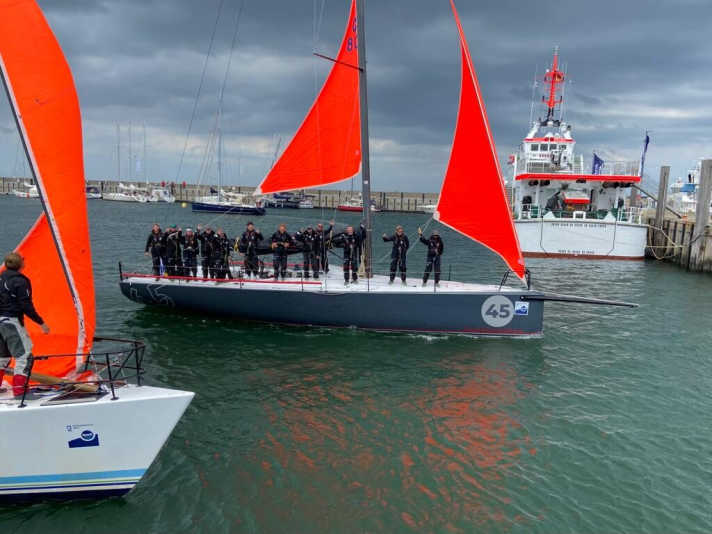
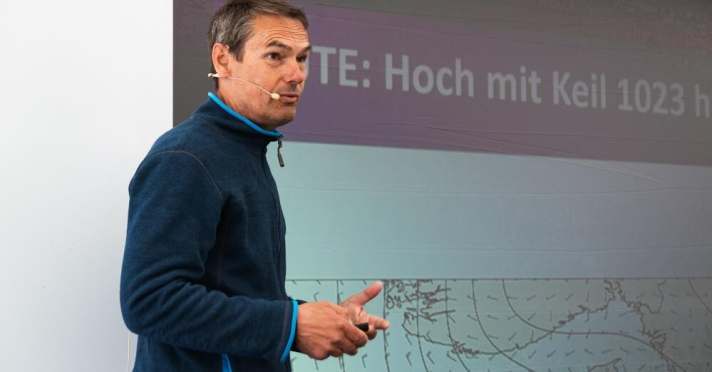
The course leads from Helgoland across the North Sea to the northern tip of Denmark. Skagen is then passed before the yachts turn south and enter the Baltic Sea through the Kattegat. The finish is off Kiel-Schilksee. It is precisely the enormous diversity of these areas that makes this offshore test so legendary and fascinating. The Volvo Open 70 "Trifork" has come to Heligoland with the intention of breaking the current distance record. She won the Volvo Ocean Race in 2008/2009 under the name "Ericsson 4" and is now the fastest participating ship in the Pantaenius round-the-scales race. The declared aim of her international team is to break the record of 43 hours and 46 minutes last set by Dr Klaus Murmann's Maxi "Uca" in 2000.

The first notable and documented speed record for monohulls around Skagen was set in 1973 by the "Diana III" with owner Henry Thomas (Bremen) and helmsman Harald Baum (Pantaenius) with 55 hours and 1 minute. Meeno Schrader predicted that the low pressure area, which had caused stormy winds on Heligoland in the morning, would again provide the sailors with strong to stormy winds of up to 40 knots during the night and on 7 June. However, the weather forecast paints a contrasting picture when the Baltic Sea is reached later in the day: weak to calm winds are expected there, which could also make it difficult for the "Trifork" to chase records. The majority of the yachts are expected to arrive in Kiel between Thursday and Friday night, with the "Trifork" possibly already arriving on Wednesday. Incidentally, the Rund Skagen Regatta was first sailed in 1932 and the first start after the Second World War took place in Bremerhaven in 1950. Since 1953, the race has started again from Helgoland to Kiel. Click here for the live tracking of the Pantaenius-Rund-Skagen-Rennen (please click!).
